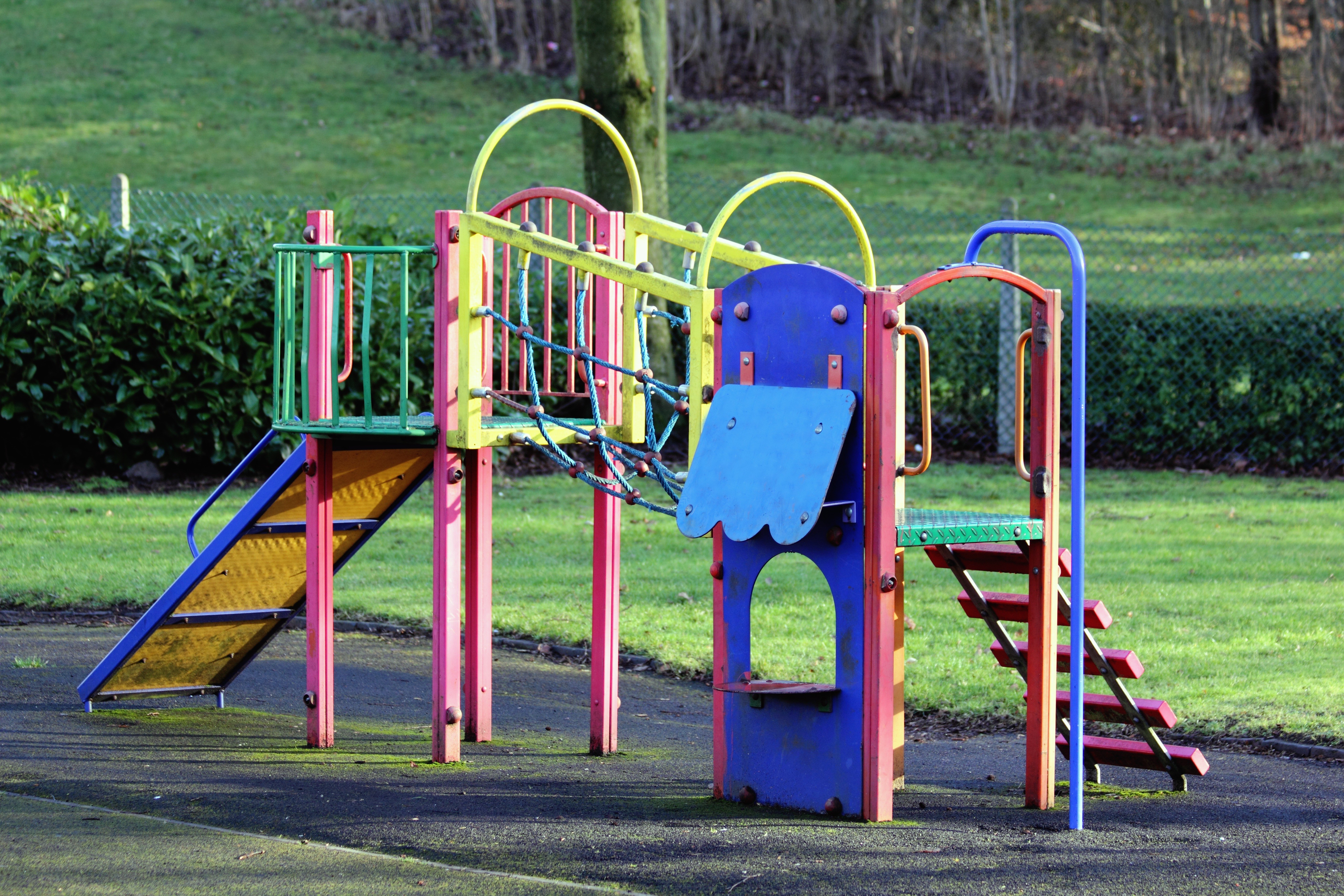Chaos and confusion can arise when a disaster threatens your business. Fires, combustive dust explosions, earthquakes, hurricanes, and bomb threats are just some of the emergencies that require preparedness.
The best way to prevent panic in emergency situations is to create an emergency evacuation plan for your office. According to OSHA, an emergency action plan should include the right evacuation elements. The following steps will help you prepare your employees for an emergency.

Situations Requiring an Evacuation
Not every emergency requires an evacuation, and this is something you should consider when creating your evacuation plan. In some situations, shelter-in-place is the best way to go.
For instance, in case radiological, biological, or chemical contaminants get released into the environment, it’s best to stay in a small designated room without windows (or with just a few small windows) rather than evacuate.
Extreme weather or shootings and violence in the area can also be a reason for shelter in place. As for other types of emergency, specify the exact conditions that require you to evacuate the premises.
Try to imagine different scenarios that require an evacuation plan. Fires and earthquakes should certainly be on the top of your list, but it’s important to dig deeper.
For instance, consider where a fire is most likely to break out. Are you using personal fridges or portable space heaters in your office? Do wildfires pose a danger in your area?
Is there any electrical or kitchen equipment in your office that could malfunction? If so, be sure to put a list of “house rules” on appliances and devices.
If the emergency is caused by an external factor, it is very important to be on the same page with your local government and emergency services. To get better acquainted with unique planning considerations, check out FEMA’s guide for all-hazard emergency operations planning.
Establish a Clear Chain of Command
Which employees will be the ones to assess the situation and decide whether an evacuation is required? For a well-organized evacuation plan, you need to assign responsibilities for key roles. They may include:
- Evacuation coordinator: You need someone who will make sure that every important step is being taken. To make sure everyone sticks to their role, the coordinator will handle the checklist.
- Head checker: So that no one is left behind, you need a person who will ensure that every employee (and visitor) is accounted for. Before employees exit the building, they should perform a headcount. You should also designate an off-site meeting point where this person will conduct another headcount.
- Alert manager: If a disaster occurs, there should be a designated person who will call the emergency services. This employee should also shut off the gas lines and close office fire doors.
- Emergency first aid practitioner: Until licensed medics arrive, someone should take care of wounded employees, if there are any. To be certain you’ll have someone competent to carry out this task, send several employee volunteers to an emergency first aid training program.
- Route Guide: To make sure the evacuation will be calm and orderly, you need a person who will clear all routes and guide employees.
- Fire extinguisher: It’s good to have someone who knows how to handle a fire extinguisher and knows how to react to a fire quickly. However, if the fire has spread away from its source, fighting it is not a good idea. If you can’t bring it under control in 30 seconds, proceed with the evacuation plan.
In case you have a very big office, or if it is on multiple floors, you may need to assign more than one of the same role. Moreover, all of them should coordinate the evacuation together.
Specify Procedures
Mark every emergency exit, route, and piece of equipment. Use photoluminescent paint to mark key locations and directions in case your building has many stairwells without windows and other interior spaces that might get dark in case of a disaster. This way, you’ll be making sure everyone can see their way.
If your office is in a high-rise building, your evacuation plan will require more work. If you work in a bigger office, make sure you have a readily available visitor log and a visitor management system.
Know Your Tools
Now is the right time to inspect your escape ladders, emergency lighting, megaphone, fire alarms, fire extinguishers, and all other safety equipment. Do note that you should replace disposable fire extinguishers every 12 years and refill reusable fire extinguishers every 10 years.
Make sure to buy enough chemical suits, hoods, and gloves, as well as hard hats and safety shoes. Don’t forget about face shields, respirators, and goggles. If you have electrical hazards in the workplace, it’s a good idea to get a life-saving kit or two.
Your evacuation plan should contain clearly marked locations of your emergency equipment and everyone should know how to use it. The equipment should be well-stocked and on hand.
Practice, Practice, Practice
When was the last time your company had a fire drill? Practice makes perfect, and that goes for emergency evacuation plans as well.
Prepare your staff for an emergency through training and repetition. Periodic drills are a key component of a proper evacuation plan. Make sure to carry them out every few months.
Michael has been working in marketing for almost a decade and has worked with a huge range of clients, which has made him knowledgeable on many different subjects. He has recently rediscovered a passion for writing and hopes to make it a daily habit. You can read more of Michael’s work at Qeedle.




Recent Comments